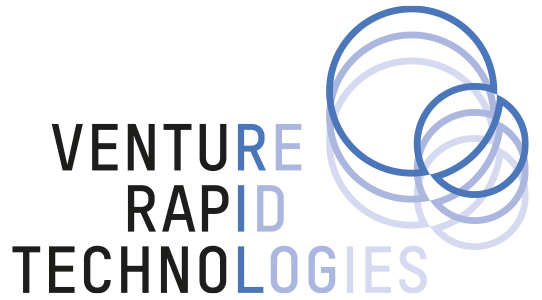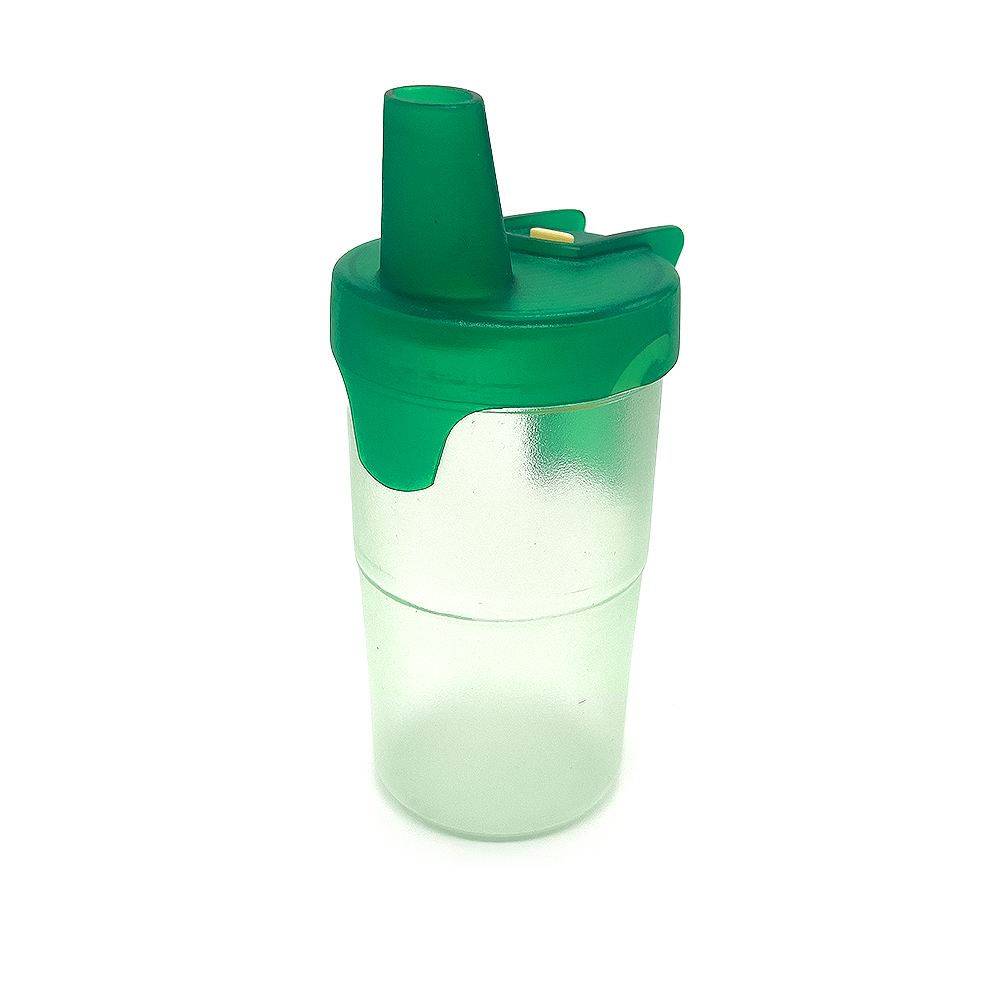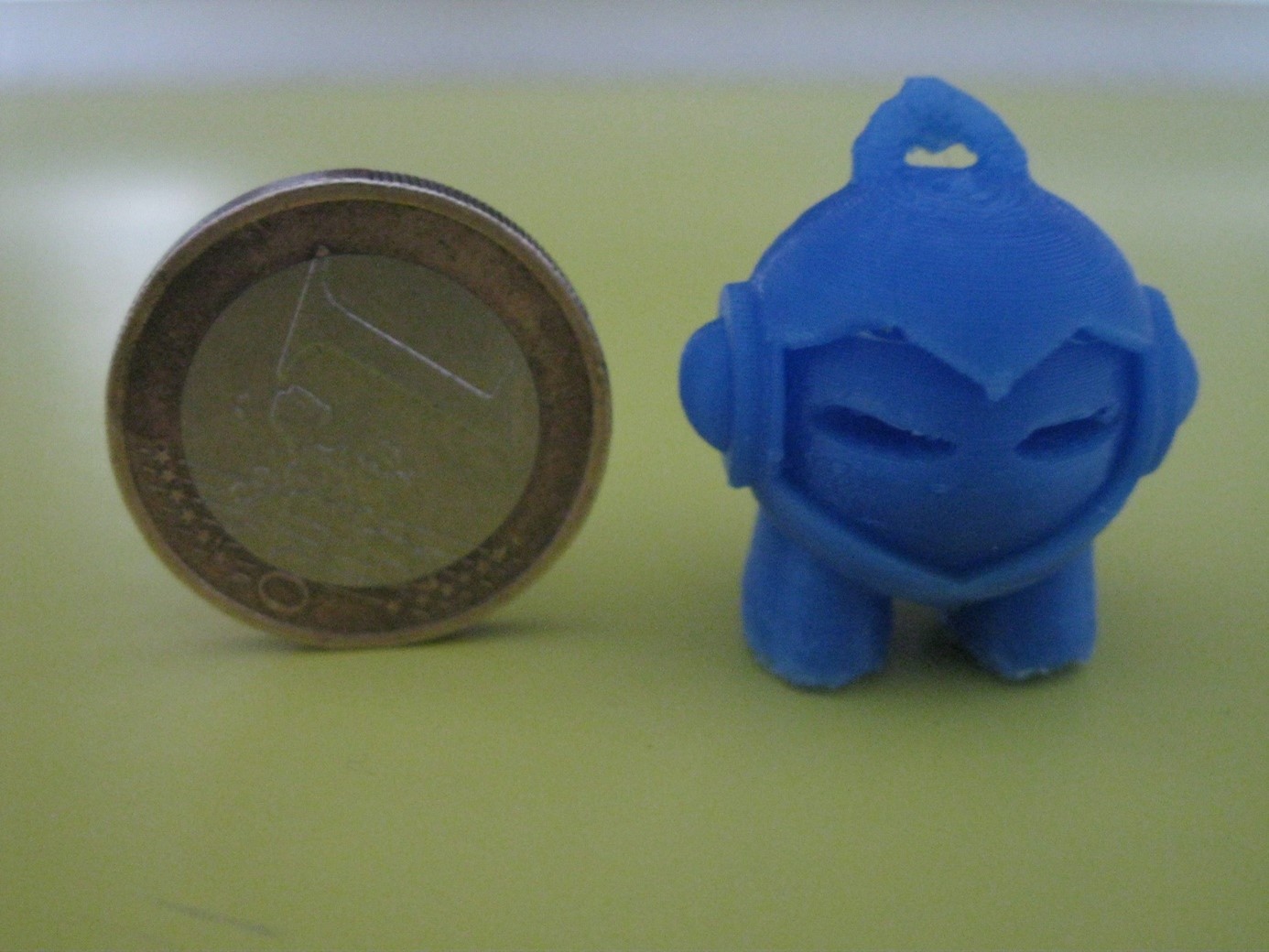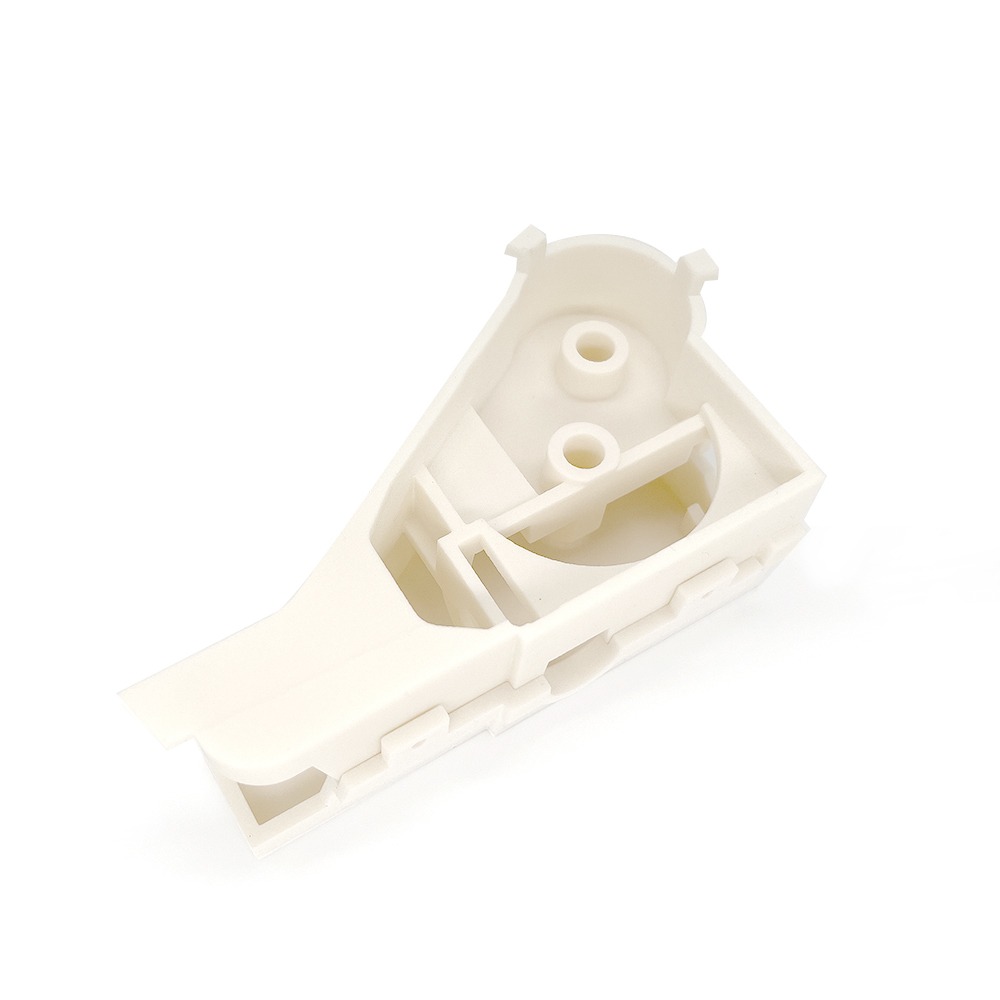FDM 3D printen –
voordelen van
Fused Deposition Modeling
As a leading specialist in the European 3D printing industry, VRT has been providing high-quality FDM printing services for nearly 28 years. We distinguish ourselves by working with both industrial and professional FDM printers, enabling us to process a wide range of materials, including high-grade technical polymers such as PEEK.
What is FDM technology?
Fused Deposition Modeling (FDM), also known as Fused Filament Fabrication (FFF), is a widely used 3D printing technique where a polymer filament is melted in a print head and deposited layer by layer onto the build platform. This technology is amongst the most accessible 3D printing techniques and stands out for its ability to work with a broad spectrum of plastics. FDM 3D printing results in functional parts with good mechanical properties at competitive costs.
How does FDM printing work?
FDM printing uses a filament of thermoplastic material that is processed according to the following principle:
- A filament (plastic thread of 1.75mm or 2.85mm diameter) is fed through a heated print head
- The print head melts the filament and deposits it according to a computer-controlled pattern
- The melted material cools rapidly and solidifies, forming a solid layer
- The build platform lowers a predetermined distance (typically 0.1-0.3mm)
- The next layer is deposited on top of the previous one
- This process repeats layer by layer until the entire object is built
For complex shapes with overhanging sections, support structures are printed and removed after completion. This can be done manually or with soluble support filament, which increases design freedom.
Advantages of FDM printing
FDM printing offers numerous advantages that make it an excellent choice for both prototyping and small-scale production:
- Wide material spectrum: From standard PLA and ABS to engineering polymers such as PEEK, Nylon and flexible filaments
- Cost-efficient: Relatively low material and production costs compared to other 3D printing techniques
- Colourful possibilities: Filaments available in virtually any colour without post-processing
- Large formats possible: Suitable for printing very large parts in one piece
- Detailed features: Ability to print fine details and functional characteristics
- Rapid prototyping: Ideal for concept models and functional tests
This combination of properties makes our FDM printing service perfect for applications where functionality, material-specific properties and cost efficiency are important.
FDM techniques allow us to realise even the most challenging designs. Through our years of experience, we know exactly how to optimise orientation, support and print settings for the best result. Whether it's a simple prototype or a complex end-use component, our expertise ensures reliable results.
What are the limitations of FDM 3D printing?
Whilst FDM offers many advantages, the technique also has some challenges:
- Visible layer lines: The layered structure may remain visible in the final product
- Post-processing required: For a smooth finish, post-processing is often necessary
- Longer print times: For large or detailed objects, the printing process can be time-consuming
- Mechanical anisotropy: Strength may vary depending on print direction
- Limited resolution: Compared to some other 3D printing techniques
However, these limitations can be minimised through our expertise in optimal print settings and post-processing.
FDM machines and materials
We possess an advanced machine park with various FDM printers for every type of project:
| Specifications | Printer Type 1 | Printer Type 2 |
| Filament diameter | 1,75mm | 2,85mm |
| Build volume | 200x200x250mm | 230x190x200mm |
| Materials | All filament materials, including PEEK | All Ultimaker-compatible filaments |
Our material portfolio includes:
- Standard plastics: PLA, ABS, PETG, ASA
- Engineering plastics: PC (Polycarbonate), PA (Nylon), PP (Polypropylene)
- High-performance polymers: PEEK, PEI (Ultem), PEKK
- Filled materials: Carbon fibre, glass, metal (copper, bronze) filled filaments
- Flexible materials: TPU, TPE, elastic filaments
- Functional materials: Conductive, flame-retardant and biocompatible filaments
Mechanical properties of FDM materials
The material properties of FDM 3D printed objects vary depending on the chosen filament:
- Tensile strength: Ranging from 30 MPa for standard PLA to 95 MPa for carbon-reinforced PEEK
- Temperature resistance: From 60°C for PLA to more than 250°C for PEEK
- Chemical resistance: From limited for standard materials to excellent for engineering polymers
- Impact resistance: From brittle to exceptionally strong, depending on material and print parameters
- Flexibility: From rigid to flexible, with special elastic materials up to 500% elongation
Thanks to our expertise in print optimisation, we maximise the mechanical properties of each component by selecting the right combination of material, orientation and print parameters.
Why choose our FDM printing service?
Almost 28 years of experience and expertise
As one of the pioneers in the European 3D printing industry, we have unparalleled expertise in FDM technology. We understand all possibilities and limitations, enabling us to always provide the best advice for your specific application.
Honest and reliable advice
We don't sell empty promises. Our consultants provide honest advice about what is and isn't possible with FDM 3D printing, including the advantages and disadvantages for your specific project. Through this transparent approach, we avoid disappointments and ensure you have realistic expectations of the final result.
Complete service from design to finishing
Beyond printing, we offer comprehensive services covering all aspects of product realisation. We provide professional post-processing according to specifications, produce small series, and can guide you in transitioning to other production techniques such as injection moulding when larger volumes are required. This end-to-end approach allows you to go from concept to final product with just one reliable partner.
Application areas for FDM 3D printing
FDM technology is particularly suitable for various applications:
- Functional prototypes for concept validation and user testing
- Tools and fixtures for production environments
- End-user products for small to medium-sized series
- Architectural and design models with complex geometries
- Educational models for education and presentation
- Personalised products with customer-specific adaptations
- Spare parts for maintenance and repair
- Medical devices with biocompatible materials
Contact us for your project
Would you like to know more about our FDM printing service or do you have a project to discuss? Contact us for a no-obligation consultation. As a European service provider, we respond quickly, think flexibly and deliver locally with short lines of communication.
Discover why leading companies across Europe have trusted our 3D printing expertise for nearly 28 years. Choose quality, experience and reliability with Venture Rapid Technologies.

Adress
Venture Rapid Technologies B.V.
Ambachtsweg 4, 5683 CD
Best, North Brabant

Send us a message
info@vrt.nl

Call us
+31 499 330774




